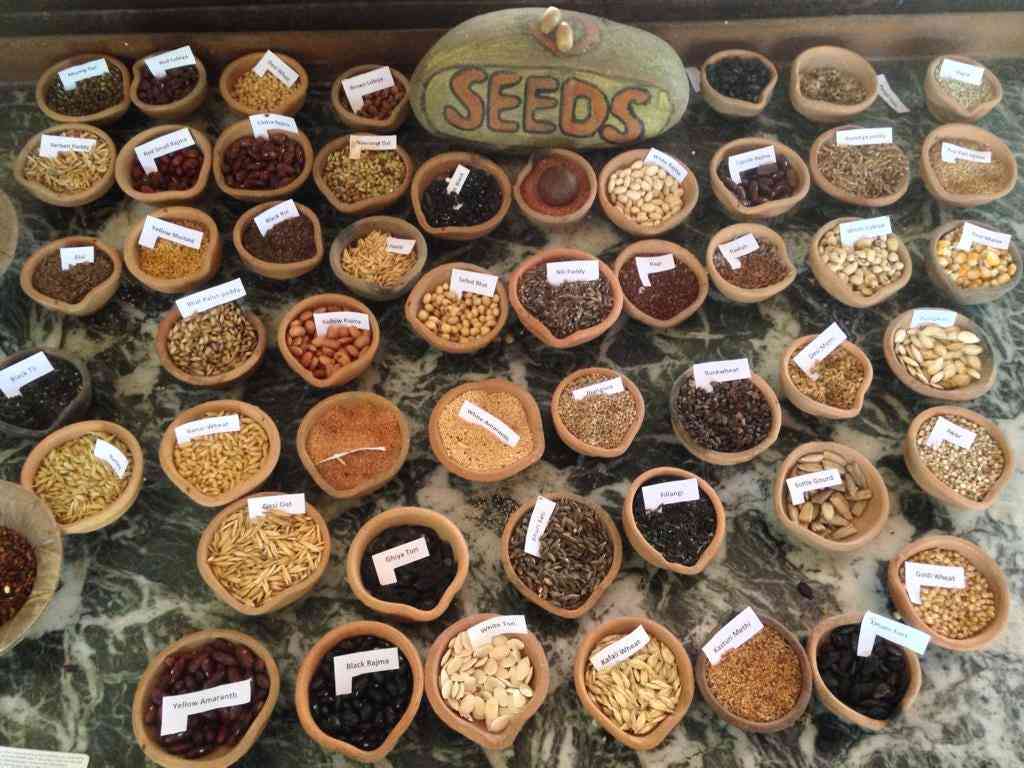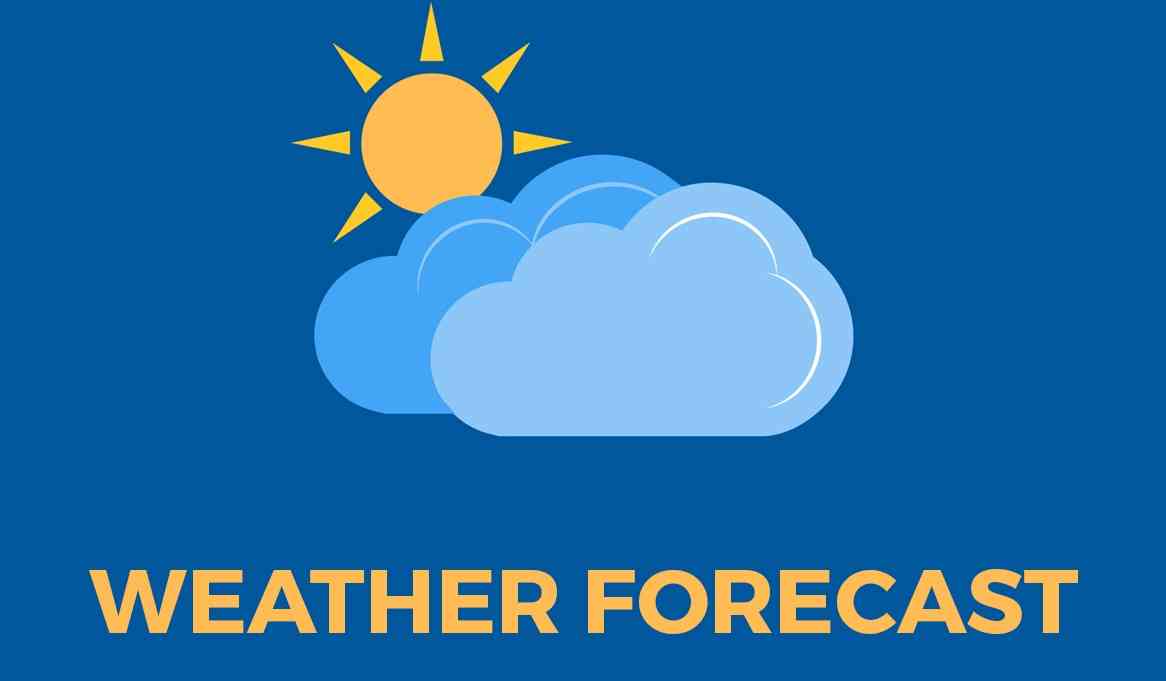
AS the southern African region is still reeling under the effects of the El-Niño-induced drought, which had devastating effects, prospects of the upcoming rainy season, also threatened by the La Nina phenomenon, farmers need more regular updates than ever before. While the impacts of both El-Niño and La Nina are well-documented, it is not the science behind them which is important, but the need to always prepare in advance for planning and decision-making purposes. The Sadc region has been presented with a golden opportunity to foreground issues of food security, the biting hunger and famine in the region, plan and map the possible way forward for a region that is now synonymous with climate-induced disasters.
The most important aspect is to put small-scale farmers at the heart of weather and climate information services, so that they are not sidelined or bypassed by critical knowledge and information that they always need to build resilience in the agricultural sector.
This is the time of the year when important agricultural information is needed more than ever before. The timing is significant in that it coincided with the Sadc conference hosted by Zimbabwe. The Sadc conference brought all southern African nations who have been ruthlessly hit by the impacts of the El Niño phenomenon under one-roof, rendering the region food insecure and bankrupt.
The main problem is not the looming La Nina, but that vital weather and climate services be provided on time when they are needed and to the people who need the information. The looming La Nina phenomenon, means the possibility of more disasters in the making, especially flooding hitting the southern African region once more.
While regional integration, co-operation and collaboration, through Sadc is key, country specific investments in increased and improved early warning systems and regular information updates cushion small-scale farmers with the vital knowledge they need to build resilience.
This information is not to prevent droughts and disasters in the southern African region from taking place but to transform the Sadc countries’ coping capacities, knowledge creation and information dissemination at all levels.
This year’s 44th Ordinary Sadc Summit theme, Promoting Innovation to unlock opportunities for sustained economic growth and development towards an industrialised Sadc, cannot be realised when the bloc is food insecure. The region has recorded economic losses through destructive floods that have damaged and destroyed infrastructure, livelihood options and contributed to human casualties. This means Sadc countries that had been poverty stricken before disasters hit them are now poorer, vulnerable and exposed.
That is why they are receiving food aid because the ability to feed themselves is no more. They have declared the drought a state of emergency in their own admission and volition hence they are at the mercy of food colonisation because they do not have a choice.
- Masvingo turns down fire tender deal
- Byo author eyes SA award
- WhaWha triumphs in the slugfest of wardens
- 2 DJs murdered over woman
Keep Reading
The region needs to invest in innovative and resilient communication pathways to help them understand and withstand climate shocks and climate proof their agricultural practices. As a result of the current dry spell, which may spill into the next agricultural season, whose outlook is not yet certain, people need transformed and empowering information to stay in the know.
Assuming that there have been weather and climate services information updates, it is not clear how many farmers are aware of these valuable information updates, designed to change their lives.
Furthermore, which channels are being used to keep farmers updated and informed, are they the usual ones which have done more to sideline small-scale farmers and empower the wrong people. It also needs to be seen how reliable, effective and human friendly these channels and mediums are. History has not proved that these weather and climate information services have gone directly to the small-scale farmers who dearly need them.
To capture the attention of every farmer concerned, the weather and climate awareness raising information should be everywhere and readily accessible in vernacular languages, farmers’ extension news, daily and timely announcements on social media. These should also include the local systems communication ecology which are highly interactive, cultural, religious and symbiotic. The problem is that the farmers have relied so much on the mainstream media outlets which have sidelined the public for years.
It is important for the southern African region to be on high alert and stop wishing El Niño and La Nina away. The El Niño-like prolonged droughts, recurrent flooding, epidemics, extreme heat, failing crops, death of livestock, loss of livelihoods and malnutrition can still recur through the looming La Nina phenomenon.
Therefore, with these agents of destruction in mind, weather and early warning updates should be regularly disseminated which situate the small-scale farmer at the centre of information dissemination.
Most southern African countries’ capacities to deal with disaster risks, remain weak, unco-ordinated and exposed. This calls for country and regional specific awareness raising and early warning systems to be strengthened including being integrated with country specific indigenous knowledge systems which can also be harmonised after all.
Early warning systems are vital tools for disaster preparedness, reduction and planning. It is the power of communication which helps to spread early warning systems to small-scale farmers who need information to make informed choices and transform their farming to businesses not subsistence activities.
The problem is realised when millions of desired beneficiaries of these vital tools of communication are at risk of being left out due to lack of flexibility in communication systems.
Mainstream communication and information dissemination channels and mediums like radios, television, newspapers and other forms of social media, sometimes create knowledge and information gaps. Therefore, individuals, communities, schools, groups and institutions can complement the mainstream media channels by engaging in roleplaying disasters, participating in environmental debates for awareness raising, composing of songs by arts groups.
Investing in faith and ethics by religious groups and practising traditional ceremonies to buttress the significance of IKS in moulding ubuntu/unhu/humanism and environmental management from socio-cultural points of view.
Finally, the southern African countries need to establish synergies, strong alliances and networking groups to reach out to one another, build strong institutions, infrastructure, knowledge and information bases and resilience. The region needs to invest in climate change communication as a vital tool for communicating climate change messages effectively and successfully, locally, nationally and regionally.
It is the role of communication to enable ambiguous climate change information to be user-friendly, human specific and encouraging pro-climate behaviours necessary for resilience building to natural disasters.
The public’s climate knowledge deficit is mostly pronounced in small-scale farmers who should be the prime target of this empowering information. They need to change lives, improve agriculture, understand weather and climate phenomena, improve food security and eliminate poverty.
Peter Makwanya is a climate change communicator. He writes in his personal capacity and can be contacted on: [email protected]











